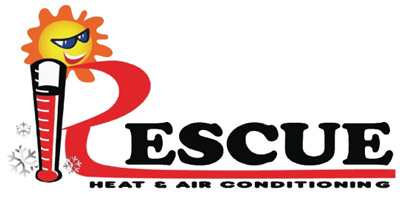
You might not think a lot about how your air conditioner operates, but it requires refrigerant to keep your residence fresh. This refrigerant is bound by environmental laws, as it contains chemicals.
Based on when your air conditioner was added to your home, it may need R-22, R-410A or R-32 refrigerant. We’ll review the differences and which air conditioner refrigerants are being phased out in Alice, plus how these phaseouts affect you.
What’s R-22 and Why Is It Discontinued?
If your air conditioner was put in before 2010, it possibly uses Freon®. You can find out if your air conditioner has it by reaching us at 361-265-4371. You can also examine the name plate on your air conditioner condenser, which is found outside your residence. This sticker will contain info on what model of refrigerant your AC uses.
Freon, which is also known as R-22, includes chlorine. Scientists consider Freon to be damaging to the earth’s ozone layer and one that results in global warming. The Environmental Protection Agency, which governs refrigerants in the United States, barred its creation and import in January 2020.
Should I Replace My R-22 Air Conditioner?
It depends. If your air conditioning is operating as designed, you can continue to use it. With regular air conditioner maintenance, you can expect your AC to operate around 15–20 years. However, the Department of Energy says that removing a 10-year-old air conditioner could save you 20–40% on yearly cooling bills!
If you don’t replace your air conditioner, it might lead to an issue if you have to have air conditioning repair later on, specifically for refrigerant. Repairs could be higher-priced, since only limited amounts of recycled and reclaimed R-22 is available.
With the phaseout of R-22, a lot of new air conditioners now use Puron®. Also known as R-410A, this refrigerant was developed to keep the ozone layer strong. Because it requires a varying pressure level, it isn’t compatible with air conditioners that use R-22 for cooling.
However, Puron still has the potential to create global warming. As a result, it might also ultimately be discontinued. Although it hasn’t been communicated yet for residential air conditioners, it’s likely sometime this decade.
What Refrigerant Will Take the Place of R-410A?
In preparation of the end, some manufacturers have started using R-32 in new air conditioners. This refrigerant rates low for global warming likelihood—about one-third less than R-410A. And it also reduces energy expenditure by approximately 10%, according to the Intergovernmental Panel on Climate Change’s Fourth Assessment Report. That’s savings that may be sent on to you through your utility expenses.
Rescue Heating & Air Can Provide Support with All Your Air Conditioning Needs
In summary, the changes to air conditioner refrigerant probably won’t affect you very much until you have to have repairs. But as we talked about previously, refrigerant repairs might be more expensive since there are the low quantities that are accessible.
In addition to that, your air conditioner frequently malfunctions at the worst time, typically on the warmest day when we’re getting many other requests for AC repair.
If your air conditioner requires an outdated refrigerant or is aging, we recommend installing an up-to-date, energy-efficient air conditioner. This provides a trouble-free summer and could even decrease your utility costs, especially if you get an ENERGY STAR®-rated model. Plus, Rescue Heating & Air has many financing options to make your new air conditioner fit your budget. Contact us at 361-265-4371 to begin now with a free estimate.
